
Posthumous portrait of Mughal Empreror Akbar.jpg
during Akbar's reign. It has been mentioned above that the appearance of the indigenous tradition of music is rare among illustrations of the Akbar Nama. However, two pages towards the beginning and the close of the present manuscript of illu minations introduce a vina player into the court or durbar scene. (Ace. N~s. 7/1 1 7 and 1 1 3/11 7).

Großbild Madhu AkbarNâma von Abû'l Fazl, Szene Akbar durchquert den Ganges
Akbarnama. "Emperor Akbar chasing Ran Bagha across the River Jumna," Basawan and Chetar, illustration from the Akbarnama, c. 1586-89, Mughal Empire, opaque watercolor and gold on paper, 33 x 30 cm ( Victoria and Albert Museum, London) Across many cultures and time periods, a ruler's control over the natural world is a defining symbol of.

Painting, Akbarnama, Akbar receives Abd alRahim, outline and painting by Anant, opaque
The Akbarnama (Book of Akbar) The text of the Akbarnama was written in Persian, the language of the Mughal court, by the courtier Abu'l Fazl between 1590 and 1596 and spans three volumes. It is a celebratory court chronicle of the major events in the reign of the Mughal emperor Akbar (r.1556-1605) along with descriptions and anecdotes of the.

Incredible Compilation of 999+ Akbar Images in Full 4K Quality
The Hamzanama is based on a story from a centuries-old oral tradition. It tells of Hamza ibn Abdul-Muttalib. (c. 569-625), the uncle of the prophet Muhammad (c. 570-632). The historical. Hamza was opposed to Islam at first until he converted in 615, after which he. became one of its most ardent advocate.

Akbar Nama and Badshah Nama Part 4 Theme 9 Mughals and their Empire Class 12 History
Book Source: Digital Library of India Item 2015.55648dc.contributor.author: Beveridge, H., Tr.dc.date.accessioned: 2015-06-29T18:17:32Zdc.date.available:.
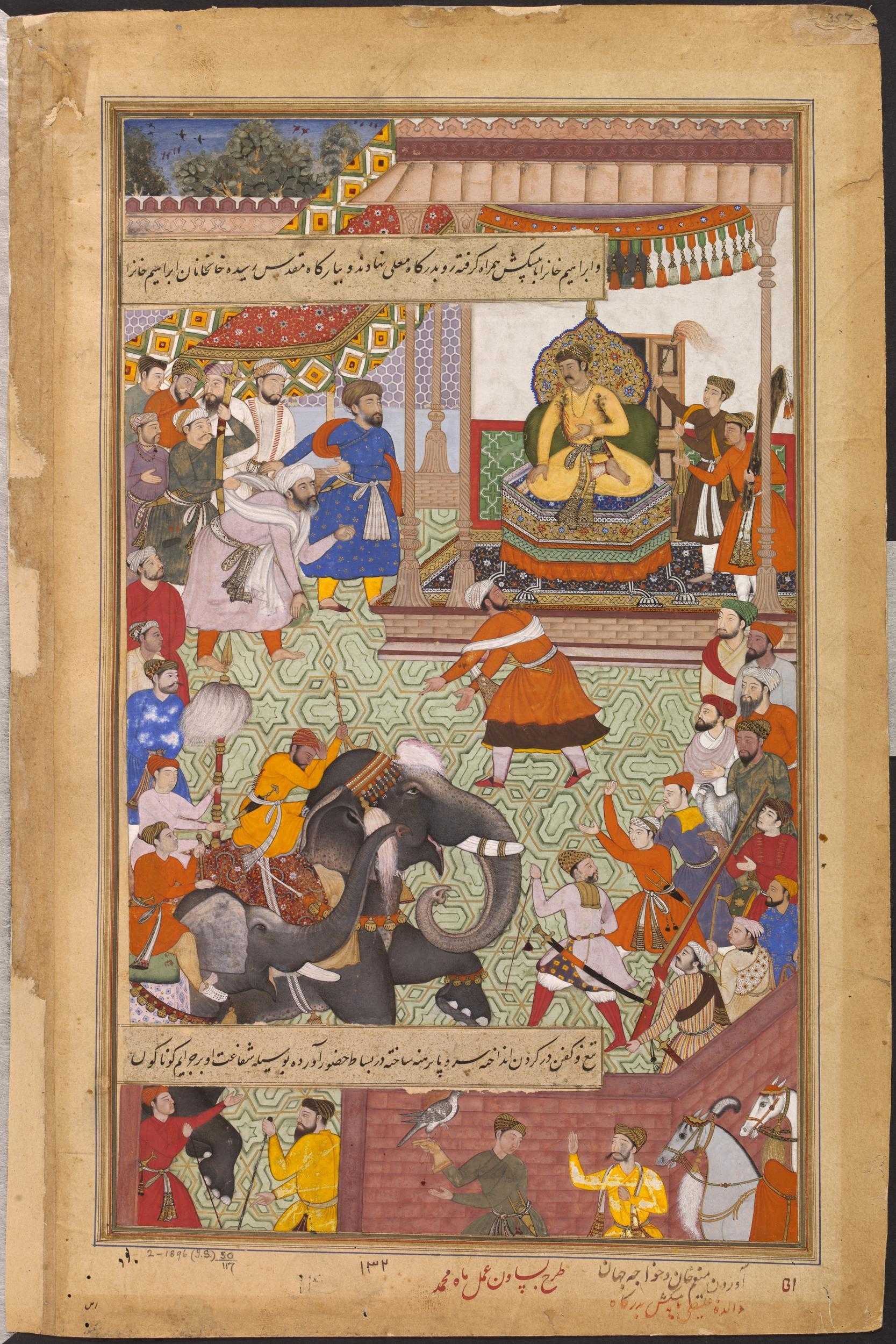
The Akbarnama A Digital Art History Student Project
The Akbar Nama, also called the Book of Akbar, is the official chronicle of the reign of Akbar, the third Mughal Emperor. It was commissioned by Akbar himself and written by Abul Fazl, one of the nine navratnas in Akbar's court. It is written in Persian and gives a detailed account of the life of the Mughal emperor.

Buy The Akbar Nama Book Online at Low Prices in India The Akbar Nama Reviews & Ratings Amazon.in
An official chronicle of the reign of Akbar, the Akbarnama is a collection of texts and illustrated manuscripts, written in Farsi (Persian) by the court historian and biographer Abu'l-Fazl ibn Mubarak, and commissioned by Akbar himself.Composed between 1590 and 1597 CE, the manuscript consists of 274 folios of text interspersed with 116 illustrated folios and one illuminated frontispiece.

Akbar Name Wallpapers Akbar Name Wallpaper Urdu Name Meaning Name Images Logo Signature
The Akbarnama (Persian: اکبرنامه; lit. 'The Book of Akbar'), is the official chronicle of the reign of Akbar, the third Mughal Emperor (r. 1556-1605), commissioned by Akbar himself and written by his court historian and biographer, Abu'l-Fazl ibn Mubarak.It was written in Persian, which was the literary language of the Mughals, and includes vivid and detailed descriptions of his life.

AkbarNama, Folio 71 Akbar Hunting in a Qamurgha at Palam near Delhi in 1568, Manohar, 15901595
The dating of this copy of the Akbar-nama was, until recently, less certain than for the first imperial copy. Neither volume II nor the surviving part of volume III, both in the Chester Beatty Library, are dated. The first volume was known to F. R. Martin in 1912, 25 F. R Martin, The Miniature Painting and Painters of Persia, India and Turkey from the 8th to the 18th Century, B. Quaritch.
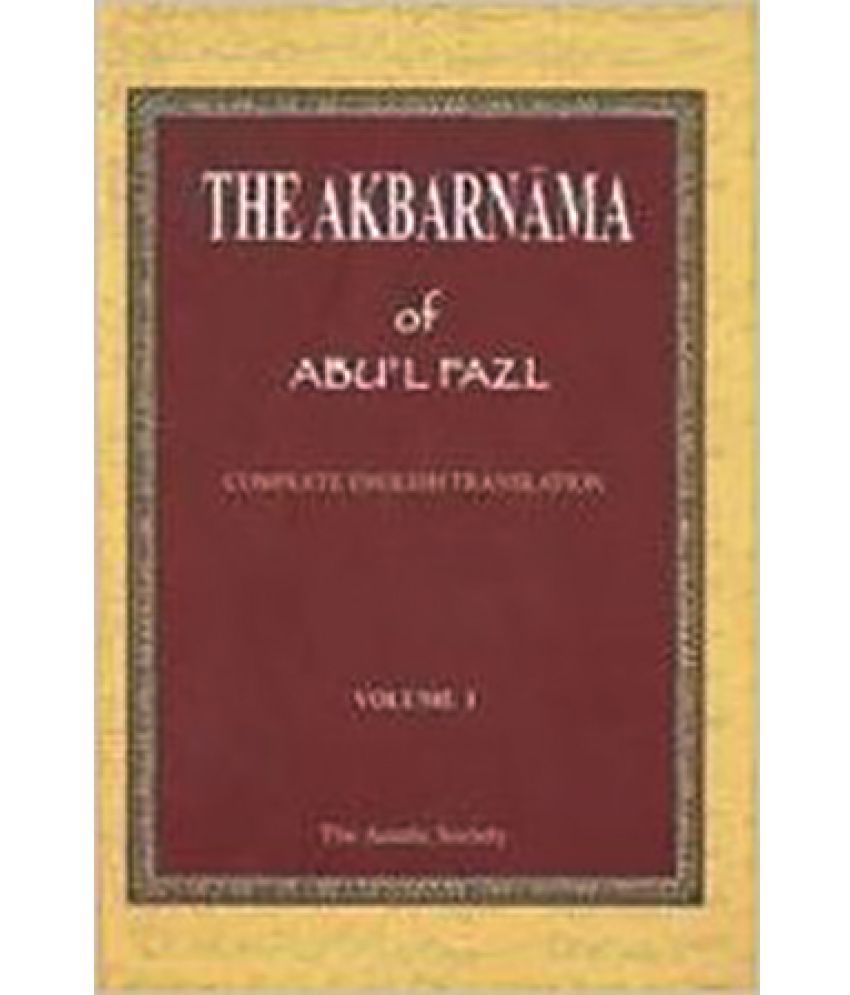
The Akbar Nama Buy The Akbar Nama Online at Low Price in India on Snapdeal
Abul Fazi. Volume I. Volume II. The Akbarnama, also known as the Book of Akbar, is the official chronicle of the reign of Akbar, the third Mughal Emperor (r. 1556-1605). It was commissioned by Akbar himself and written by Abu'l-Fazl ibn Mubarak, who was also Akbar's court historian and biographer. The Akbarnama was known as the "Book of.
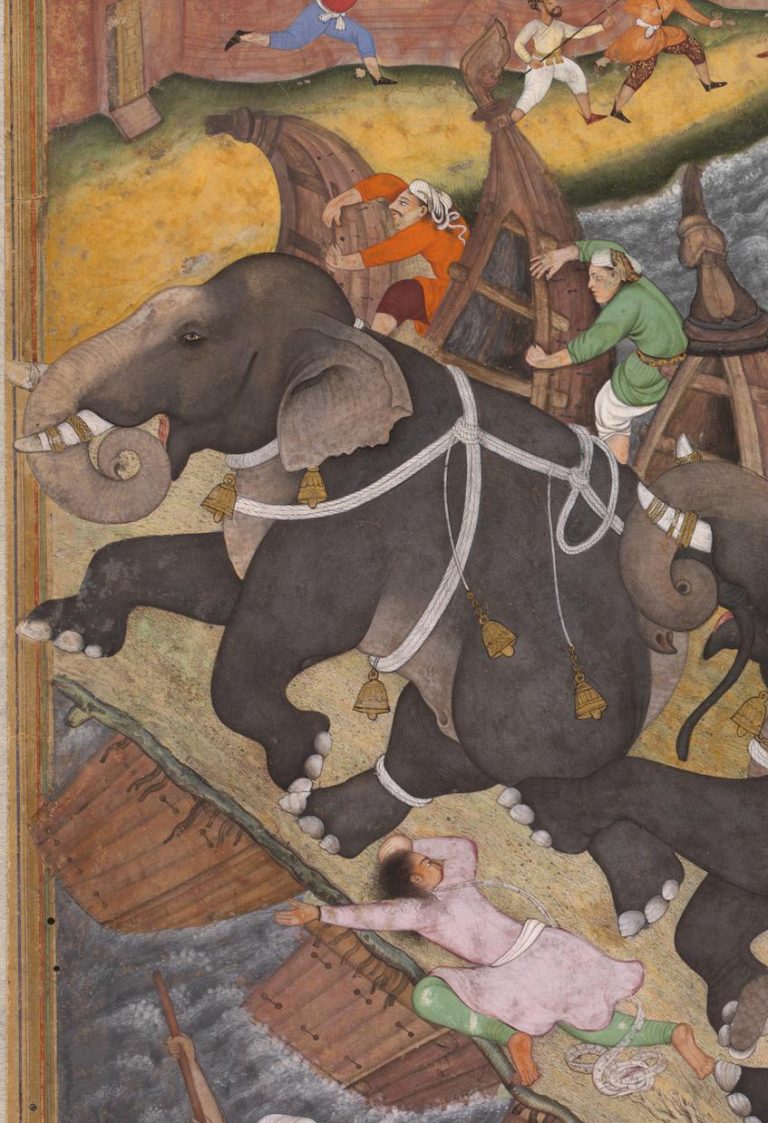
The ‘Akbarnama’ Painting under Mughal Emperor Akbar the Great Brewminate A Bold Blend of
Akbarnama of Abu-l-Fazl is a history of the reign of Akbar including an account of his predecessors. This work retains its uniqueness as it highlights minute details of customs and traditions of the people of India during the reign of Akbar, the Mughal emperor who has been discussed by the historians for his statesmanship, diplomacy, and military skills. This work has historical significance.
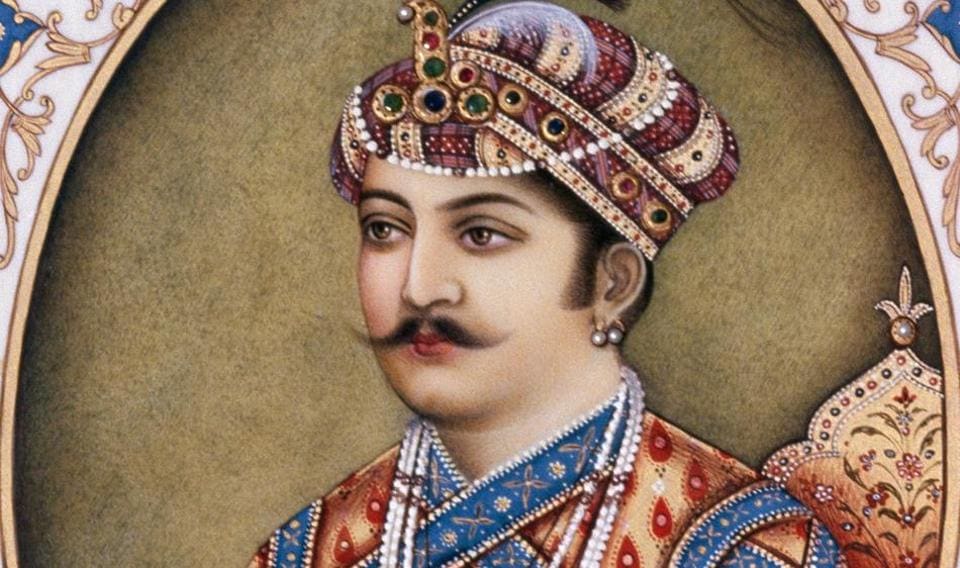
Why Akbar the great remains so relevant Hindustan Times
The exemplar of Indo-Persian history, at once a biography of Emperor Akbar and a chronicle of sixteenth-century Mughal India.Akbarnāma, or The History of Akbar, by Abu'l-Fazl (d. 1602), is one of the most important works of Indo-Persian history and a touchstone of prose artistry. Marking a high point in a long, rich tradition of Persian historical writing, it served as a model for.
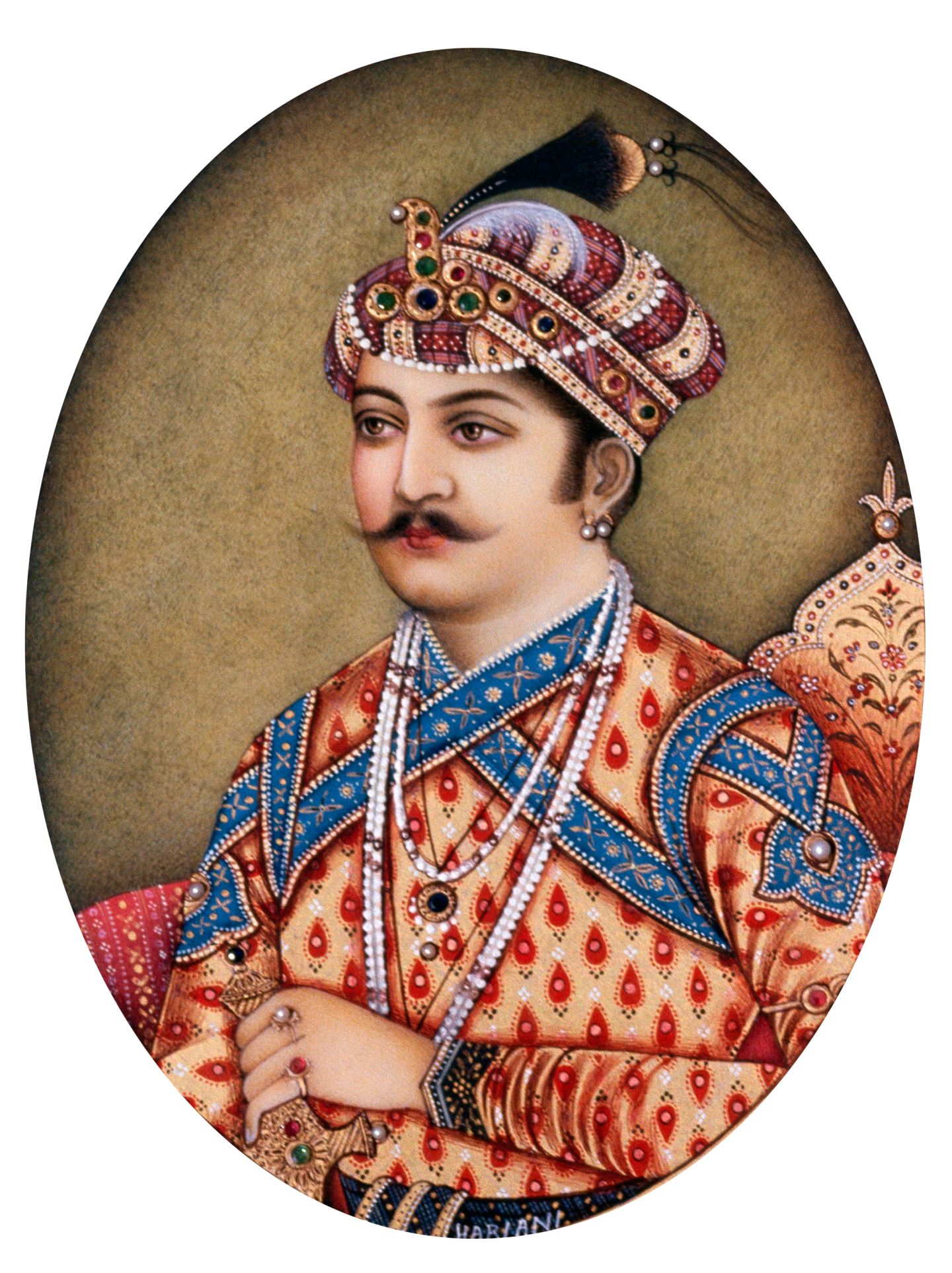
Akbar Alchetron, The Free Social Encyclopedia
Akbar Hamzanama. Mir Sayyid Ali, the prophet Elias ( Elijah) rescuing Prince Nur ad-Dahr from drowning in a river, from the Akbar Hamzanama. The Akbar Hamzanama (also known as Akbar's Hamzanama) is an enormous illustrated manuscript, now fragmentary, of the Persian epic Hamzanama commissioned by the Mughal emperor Akbar around 1562.

REVIEW The Emperor’s Writings Memories of Akbar The Great Newspaper
Content description. 25 lines of text from the Akbarnama, the Persian-language history of the reign of the Mughal emperor Akbar (r. 1556-1605). Akbar commissioned the history in 1589 from Abu'l Fazl who had substantially completed his work in 1596. As he wrote and rewrote the text, the royal artists painted illustrations, probably between 1590.

Arabic Calligraphy Allahu Akbar, God is the greatest, with circle frame 8145748 Vector Art at
Biography: Akbarnama. It is a widely known fact that the Mughal Emperor Akbar was illiterate, but scholars flourished during his reign. It is fascinating to note that at the time of his death, in 1605, the imperial library of Akbar contained twenty thousand volumes. This was mainly because of Akbar's interest in gaining knowledge and his.

Mughal painting under Akbar the Melbourne Hamzanama and Akbarnama paintings NGV Persian
This painting, a display of imperial prowess, strength, and courage, is from a now-dispersed illustrated manuscript of the Akbarnama, the chronicle of Emperor Akbar's life. It shows the emperor lunging from the saddle to strike a lioness with his long-bladed sword, or shamshir shikargar.